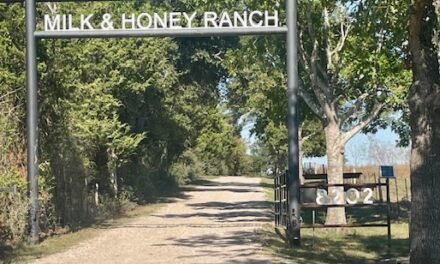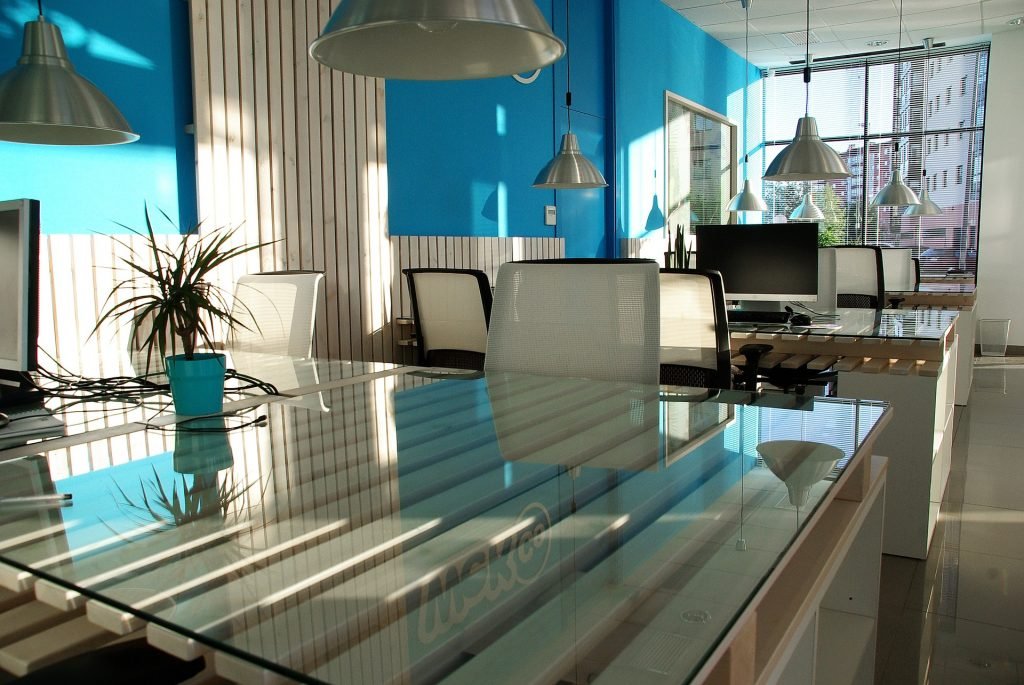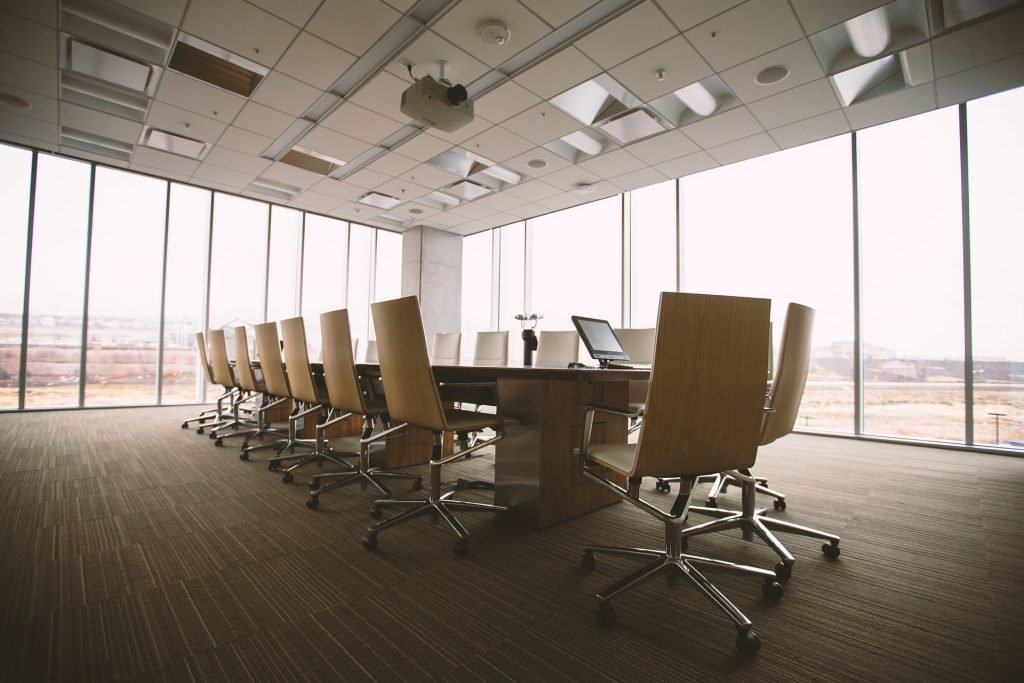
Top 5 Predictions for Offices of the Future
Various studies indicate traditional office designs are not healthy for body and mind, have a negative effect on productivity, and contribute to stress, anxiety and depression.
These sentiments are echoed by employees that complain about distracting noise levels, a lack of air quality and insufficient work stations.
Such reports have galvanized office designs. Today we are seeing an increase in office space that is organized to promote physical and mental health, enhance productivity and stimulate the mood of employees. Current trends are expected to become widespread across offices in the future.
Connected Office Space
The evolution of technology is evolving in such a dynamic way, automated systems have a place in buildings. Cloud-computing and wireless devices is already a fixture in almost every office.
The next stage in the evolution of building technology is a mobile app that enables employees to control their immediate surroundings; temperature, lighting, blinds, desks and chairs directly from their smartphone.
Smart buildings connect with their residents. The app knows when you’re on your way to work and will direct you to a parking space. Then it will direct you to an available desk, prepare your coffee and ask you what you would like for lunch.
Sustainable Buildings
Green buildings are sprouting up everywhere. Office designs of the future will be highly energy-efficient. Organic roofs with layers of plants, grass and vegetation improve air-quality and act as a natural insulator.
Today’s sustainable office buildings incorporate carbon-neutral renewable energy systems, photovoltaic panels to generate electricity and a smart system that informs people which lift is the most energy-efficient option to get them to where they want to be.
In addition, smart climate controls automatically regulate temperatures, whilst energy-saving computers and smart systems that help employees cut down the amount of energy they use.
Recreational Areas
Google was the first company to realize the office needs to be engaging and cater to the needs of employees. In recent years, other companies have followed suit and the trend of recreational areas is emerging.
Designs for recreational areas range from cafe-bars that foster social activity, team bonding games such Fuzzball, pool and five-a-side, to extreme and bizarre features such as a crazy golf course and slides between floors – ala LEGO’s Denmark office.
Companies that want to boost moods, motivate staff, attract and retain the best talent in your industry will install a recreational area. That will make going to work more interesting.
Biophilic Space
Living in concrete cities has given people a yearning to return to nature. Interior designers, therefore, have started promoting ‘Biophilic’ office space which incorporates features from the natural world.
Positioning a couple of plants in the corner of the office is not considered the solution for recreating the great outdoors indoors. Embracing nature in the office consists of interior design elements made from natural wood, stone, plants and bushes. Even trees are finding their way into modern designs.
Eco-conscious employees and consumers will take into consideration how green-friendly the workplace is. Younger generations are particularly focused on reducing the carbon footprint of the planet and this mindset will undoubtedly become a fixture in office designs of the future.
Office designs that encourage interaction
Traditional office designs with private offices may have been ideal for escaping distraction, but confined spaces hinder interaction. Today’s firms are finding the best ideas are born when colleagues are given the freedom to interact.
Flexible workspace is a growing trend that has become widely available in cities such as London and Los Angeles. Work stations are designed to help employees maintain a high standard of performance and office space is being utilized to make the most of the area.
Collaborative areas enable colleagues to interact and brainstorm ideas, whilst quiet nooks allow people to focus. Flexible designs encourage employees to move around the office and interact with colleagues from other departments which can lead to innovation.
In recent years, there has been a giant leap in the office designs of leading enterprises. These trends will continue to filter through to small businesses, and although many of the extravagant ideas will not be found in the average business, office designs will most likely be inspired by the concept.

































